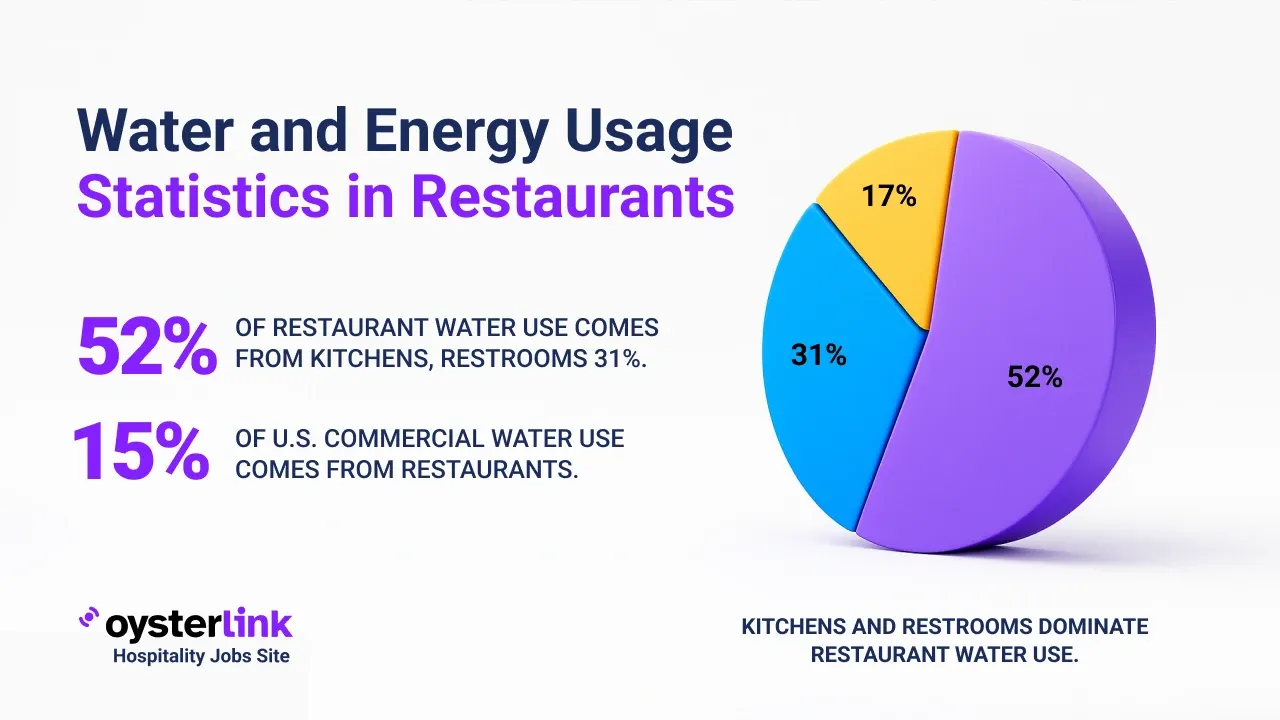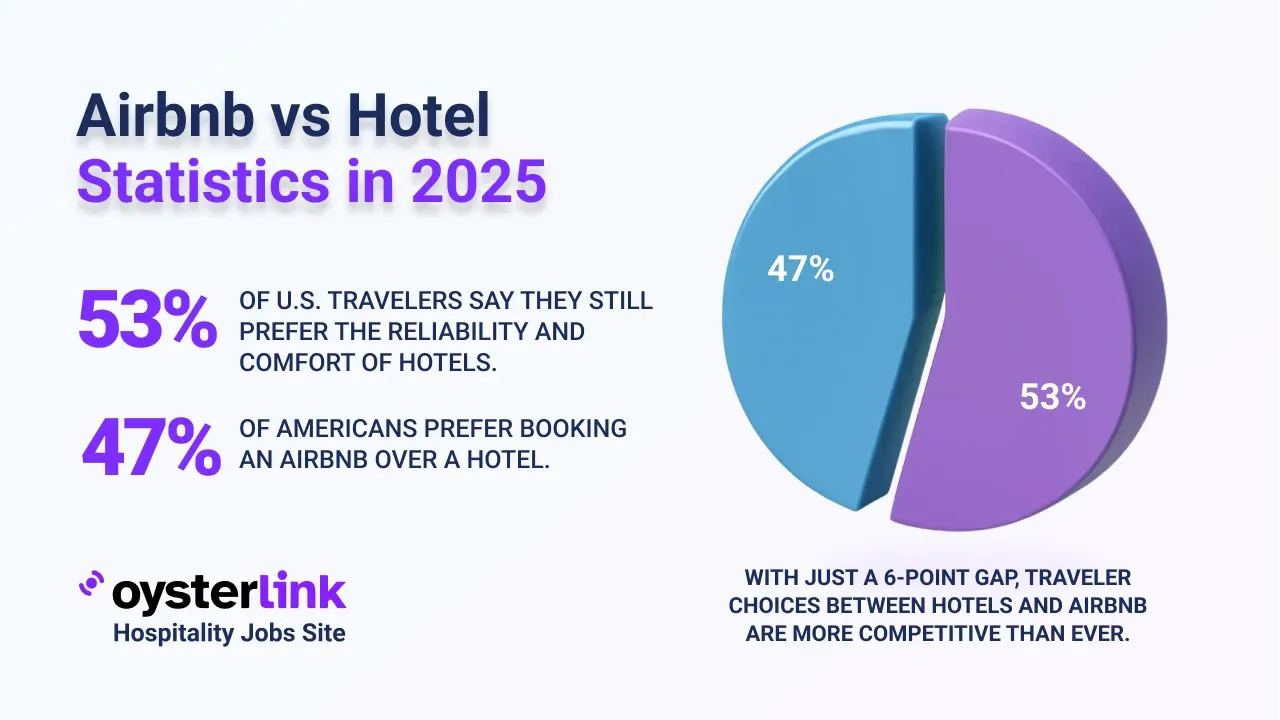Springfield, IL Cost of Living: Quick Takeaways
- Housing Costs: The average rent for a one-bedroom apartment in Springfield, IL stabilized at $1,230 in 2025 after a steady rise since 2010.
- Transportation Expenses: Public transit fares are affordable with monthly passes at $50 while fuel costs average $3.46 per gallon.
- Healthcare Costs: Health insurance premiums average around $400 monthly for a silver plan, below national averages.
- Cost Comparison: Overall cost of living is approximately 9% lower than the national average, with housing costs notably 21% less.
Springfield, IL offers an affordable living environment with manageable expenses across housing, transportation, utilities and more.
This article provides an in-depth breakdown of the Springfield cost of living, covering various categories important for residents and potential movers, as of 2025.
1. Housing Costs in Springfield, IL
Housing represents a major portion of living expenses in Springfield. Below is a look at average rent prices for a one-bedroom apartment over the years:
- 2010: $700
- 2015: $800
- 2020: $900
- 2024: $1,230
- 2025: $1,230
These figures show a steady increase in rental prices with stabilization expected in 2025.
For hospitality business owners in Springfield considering new locations, understanding restaurant location analysis is crucial to success.
2. Homeownership and Real Estate Trends in Springfield, IL
Purchasing a home in Springfield has also evolved over the years. Here is the median home price history:
- 2010: $120,000
- 2015: $140,000
- 2020: $160,000
- 2024: $160,702
- 2025: $160,702
The real estate market shows moderate growth and relative affordability compared to national standards.
3. Transportation Expenses in Springfield, IL
Transportation costs vary depending on commuting preferences:
- Public Transit: One-way fare costs $1.50; monthly passes are $50.
- Fuel Costs: Fuel prices average $3.46 per gallon.
- Vehicle Maintenance: Annual average cost is approximately $1,000.
These expenses factor into the overall commuting and travel budgeting for residents.
4. Utility Costs in Springfield, IL
Utility expenses for a standard residence generally include:
- Electricity: $194.47 monthly
- Internet: $50 monthly
- Total Utilities Monthly: $244.47
Utility costs vary depending on usage and service providers.
5. Grocery and Food Expenses in Springfield, IL
Springfield's grocery and dining costs include:
- Monthly Grocery Cost per Person: $300
- Dining Out: Casual meal around $15, mid-range restaurant meal about $50
Food budgets can fluctuate with dining preferences and household size.
Restaurant owners aiming to attract top talent should consider employer branding in restaurant job postings to improve their hiring process.
6. Healthcare Costs in Springfield, IL
Healthcare expenditures include insurance and related costs:
- Employer-Sponsored Insurance: Approximately $150 monthly
- Silver Plan Health Insurance: About $400 monthly
These figures suggest moderate healthcare costs compared to national data.
7. Educational Expenses in Springfield, IL
Education costs vary widely by type:
- Public Schools: Free, funded through taxes
- Private School Tuition: Average $10,000 yearly
- In-State University Tuition: Approximately $12,000 per year
Parents should plan accordingly based on education choices.
8. Entertainment and Leisure in Springfield, IL
Entertainment options and costs include:
- Movie Ticket: $12.52 each
- Gym Membership: $40 monthly
- Dining Out: Mid-range restaurant meals typically $50
- Annual Entertainment Expenses: $2,000
These costs contribute to overall lifestyle and leisure budgets.
9. Taxes and Miscellaneous Fees in Springfield, IL
Tax rates impacting residents include:
- State Income Tax Rate: 4.95%
- Sales Tax Total: 6.25%
- Property Tax Rate: 2.05%
Understanding these taxes helps in financial and budgeting decisions.
10. Childcare and Family Expenses in Springfield, IL
Typical costs for families with children are:
- Daycare Services: $800 monthly
- After-School Programs: $300 monthly
- Extracurricular Activities: $100 monthly
These expenses are important for family budgeting.
11. Clothing and Personal Care in Springfield, IL
Monthly personal expenses average:
- Clothing: $100
- Personal Care Products and Services: $50
These costs can vary by individual lifestyle preferences.
12. Insurance Costs in Springfield, IL
Various insurance premiums residents pay include:
- Health Insurance: $400 monthly for silver plan
- Auto Insurance: $1,200 annually
- Homeowners Insurance: $1,000 annually
- Renters Insurance: $200 annually
Insurance is crucial for financial security and compliance.
Restaurant owners and hospitality business operators should also consider restaurant insurance costs to safeguard their investments.
13. Miscellaneous Expenses in Springfield, IL
Additional living costs commonly include:
- Entertainment: $2,000 annually
- Personal Care Services: $600 annually
- Miscellaneous Goods and Services: $500 annually
These expenses depend on lifestyle and consumption choices.
14. Income and Salaries in Springfield, IL
Median household income history provides insight into economic conditions:
- 2010: $50,000
- 2015: $55,000
- 2020: $60,000
- 2023: $65,000
- 2025: $65,000
A steady increase in income levels reflects economic growth and stability.
For those interested in culinary professions in Springfield, understanding how to become a chef could be a promising path.
15. Comparison with National Averages
Springfield's cost of living compares favorably to national averages:
- Overall Cost of Living: About 9% lower than the national average
- Housing Costs: 21% below the national average
- Utilities: Approximately 4% less expensive
- Food: 2% lower than average
- Healthcare: 9% less costly
- Transportation: About 12% higher than national average
- Goods and Services: 10% cheaper than average
These comparisons highlight Springfield's affordability, especially in housing and essentials, though transportation costs are slightly higher.
Our Methodology for Springfield, IL Cost of Living Figures
We compiled data from reputable sources including government databases, market research, and cost of living indexes to deliver an accurate and comprehensive overview.
Where exact data was unavailable, conservative estimates were used to ensure dependable insights for readers.
Springfield, IL Cost of Living: Conclusion
Springfield presents a relatively affordable city to live in as of 2025, with housing and everyday expenses lower than national levels.
While transportation costs are higher than average, other essential living costs including healthcare, utilities, and groceries remain manageable.
Understanding these factors equips residents and newcomers to Springfield with the knowledge to budget effectively and enjoy the city's amenities without excessive financial strain.
For hospitality employers in Springfield or nearby, effective hiring can be a challenge. Check our guide on restaurant staff hiring to improve recruitment strategies.

.webp)
.webp)

